Researchers in Austria, Norway and Slovenia have devised a strategy for synthesising polyethersulfone polymers using water as a monomer. The polymers can be used as polyelectrolytes in lithium-ion batteries in a step towards more sustainable devices.
‘Water, in general, plays different roles in synthetic [polymer] chemistry,’ says Christian Slugovc at the Graz University of Technology, Austria. ‘In many cases, the presence of water is detrimental for performing a reaction as it causes side or decomposition products. When it is unreactive towards the reagents, it can be used as a solvent. In the case of condensation reactions in polymer synthesis, water is formed as a byproduct. We wanted to take up the challenge and actively use water as a building block in polymer chemistry.’
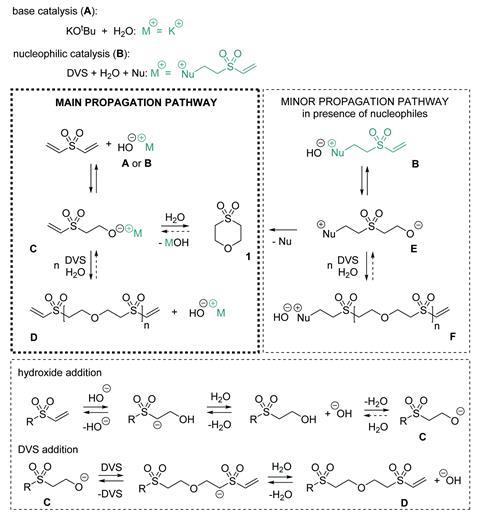
To make their polymers, Slugovc and his colleagues use water as one of two monomer building blocks, the second being divinyl sulfone. Mixing the two with a catalyst leads to an oxa-Michael polyaddition reaction that forms aliphatic polyethersulfones – molecules with polymer backbones made of alternating repetitions of the water and divinyl sulfone monomers. The whole reaction takes place at room temperature, provides yields of 97% within an hour and doesn’t require toxic organic solvents.
‘Originally, we selected the sulfone-based monomer due to its high reactivity and availability, not aiming for specific properties of the polymer,’ comments Graz team member Karin Ratzenböck. ‘However, sulfone based liquid electrolytes are known for their appealing properties in lithium-ion batteries … therefore, we teamed up with solid-state battery experts and tested our polyethersulfone in solid polymer electrolytes.’ In doing so, the team found their prepared polymers work well as polyelectrolytes in lithium-ion batteries. They also discovered a solvent-free method to prepare polymer electrolyte membranes by simply melting the polymers in the presence of a lithium salt.
Marta Liras, an expert in designing and making polymers for energy applications from the Imdea Energy Institute, Spain, says it is one of only a few examples in the literature where water is used as a monomer. ‘One of the highlighted aspects of this contribution is the elucidation of the mechanism and in spite of a challenge regarding the stoichiometric control of the monomers, one of them being water, the [researchers] find that an excess of water leads to a high polymeric molar mass.’
Slugovc and Ratzenböck plan to continue searching for more sustainable monomers to prepare a wider range of polymers. ‘At the moment, the limitations [of using water as a monomer] lie in the missing universality of the reaction,’ says Slugovc. ‘It is a niche reaction up to now requiring a highly reactive second monomer, which is expensive and toxic. Our current research focuses on performing oxa-Michael polymerisations with weak Michael acceptors. The overarching goal is to find ways for replacing expensive and harmful thiols or amines with cheaper and greener di- and polyols.’
References
This article is open access
K Ratzenböck et al, Chem. Sci., 2022, 13, 6920 (DOI: 10.1039/d2sc02124b)

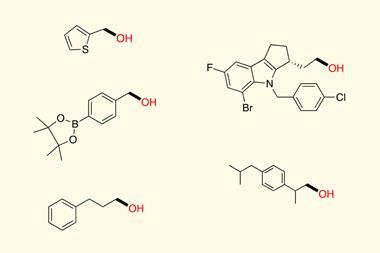
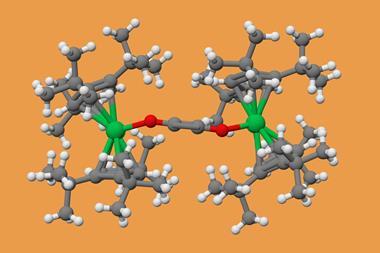
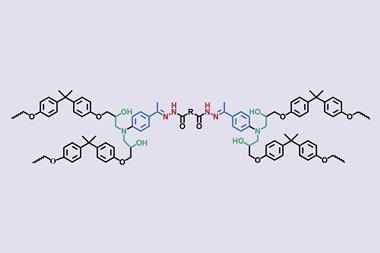

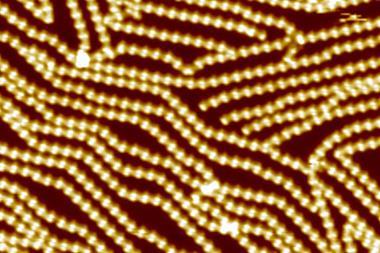






No comments yet